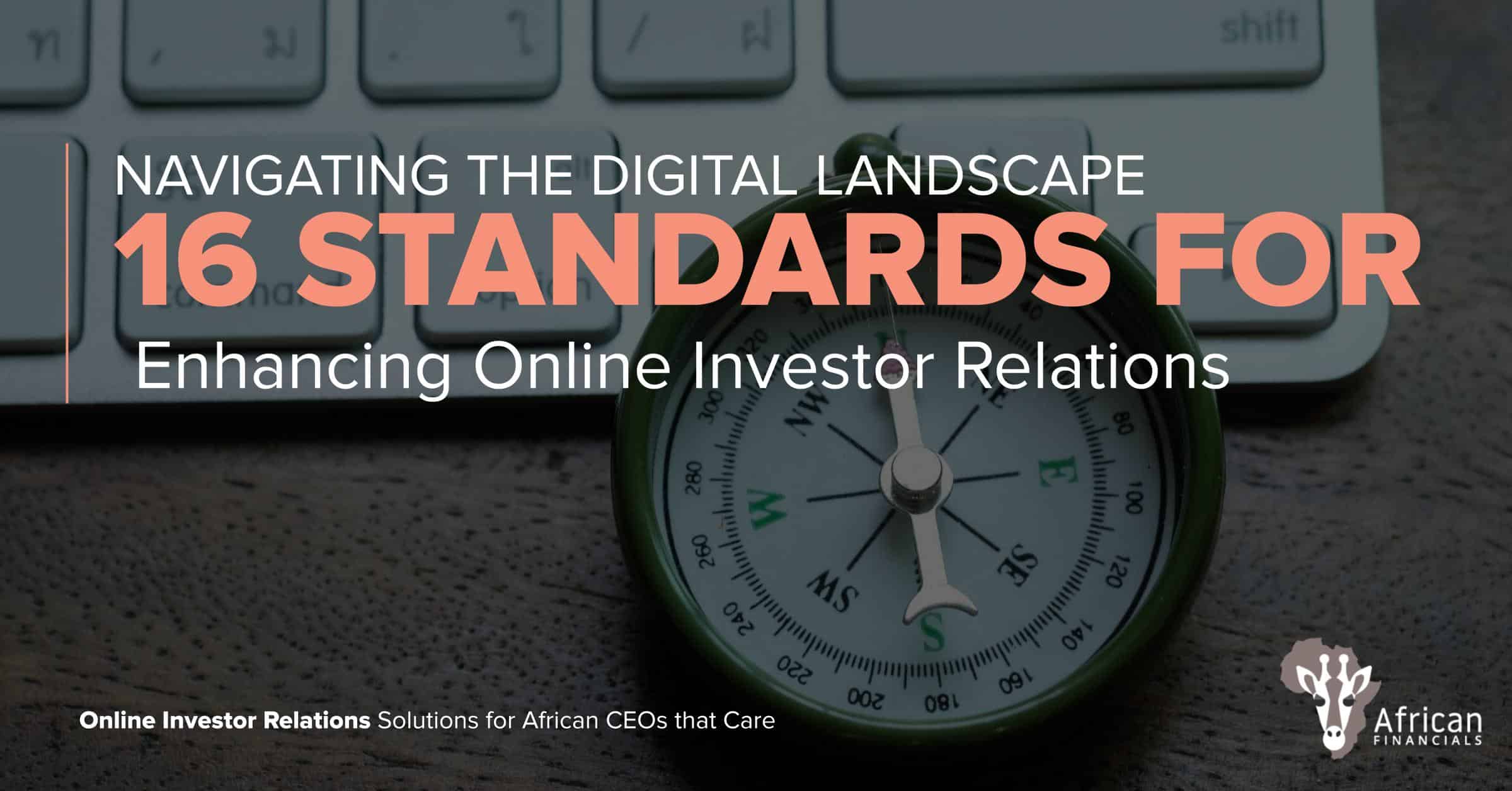
Deciphering Social Media’s Role in Investor Relations
Social media’s impact on business communication is undeniable. However, in the context of investor relations, the role it plays can be more complex. Standard 13 of the Minimum Voluntary Standards of Online Investor Relations focuses on integrating investor content with social media platforms – with warnings in the IR context.
The Pitfalls of Social Media in Investor Relations
A common misconception among businesses is the effectiveness of social media in reaching a broad audience. The reality is, most platforms, like Facebook, only expose posts to about 10% or less of your followers. To reach the remaining 90%, you’re required to pay a sponsorship fee.
Despite increased visibility through sponsorship, the delivery of content is still ambiguous. There’s no solid guarantee that your vital information is reaching your intended audience. This throttling contradicts one of the essential tenets of capital market regulations: equal access to information.
Don’t get me wrong, social media has advantages. Social media reaches new audiences – Social platforms allow discovery by new audiences outside existing email lists and social media drives brand awareness – as social content is more public so it can increase awareness, engagement and shares.
The Case for Direct Communication Channels
In comparison to social media, direct communication channels such as email or a mobile app ensure that the delivery of IR content is precise. Therefore, using social media channels as a proxy for a highly visible news or announcement dissemination platform might not be as effective as one might assume.
The Right Use of Social Media in Investor Relations
Does this mean social media has no value in investor relations? Not at all. It can be a valuable tool when leveraged correctly:
- Promotion of Direct IR Communication Channels: Social media platforms can effectively promote other direct IR communications channels, such as emails and mobile apps.
- Live Event Engagement: Platforms like Twitter can be used for live interactions during specific events such as investor conferences. This facilitates real-time engagement and conversation.
- Distribution of Non-material Information: Social media can also be used as a platform for non-material information supporting a company’s investment thesis. This includes ESG information explaining why one should invest in your company.
Conclusion: Striking a Balance in Social Media Usage
Standard 13 emphasises striking a balance in the use of social media for investor relations. It’s about understanding and leveraging its strengths while also acknowledging its limitations. By doing so, businesses can communicate more effectively and transparently with their investors, aligning with the ultimate goal of robust investor relations.
Lastly, the inclusion of social media content adds another dimension of effort:- content has to be published on more channels. If dissemination is to be timely and across a number of channels it’s vital that systems and software enable this at the lowest possible cost.
Useful Links
THE MINIMUM VOLUNTARY STANDARDS OF
Online Investor Relations Practices
Building effective online investor relations in emerging African markets presents unique governance challenges for public companies. Our guidelines aim to help these companies leverage their stock exchange listings and overcome communication hurdles.
Get a Copy



